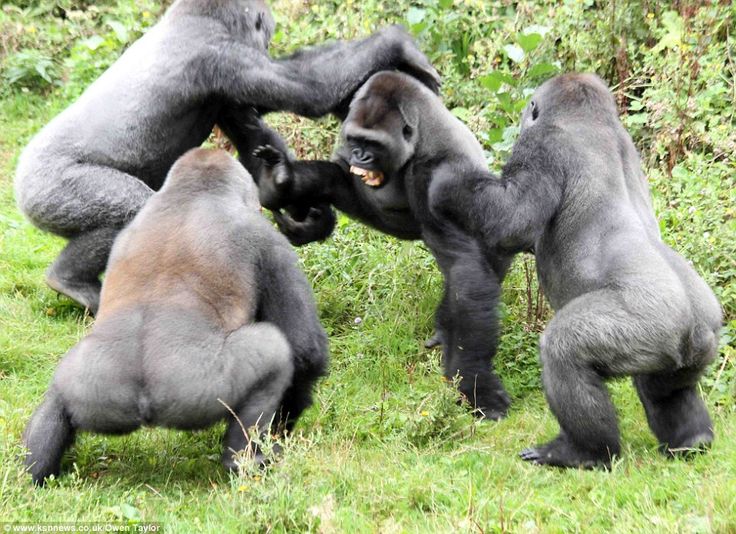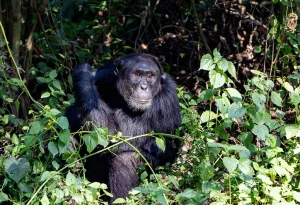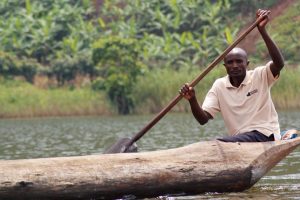Gorilla trekking is one of the most memorable and life-changing wildlife experiences on Earth. On the day of your trek, you’ll venture into the dense forests of Uganda, Rwanda, or the Democratic Republic of Congo in search of endangered mountain gorillas in their natural habitat. Here’s a detailed breakdown of what to expect on the day of gorilla trekking, from early morning preparations to your encounter with the gorillas. what to expect on the day of gorilla trekking
Early Morning Start at the Park Headquarters
Your day begins early, usually around 6:30 AM to 7:00 AM, when you’ll arrive at the park headquarters of Bwindi Impenetrable National Park (Uganda), Volcanoes National Park (Rwanda), or Virunga/Kahuzi-Biega (DRC), depending on your destination. what to expect on the day of gorilla trekking
Registration and Group Allocation
Upon arrival, you’ll register and be assigned to a gorilla group. Park rangers divide visitors into small groups of 8 people maximum, each led by an expert tracker and guide. Groups are typically assigned based on fitness level, age, and personal preference—some gorilla families are farther into the forest and require longer treks. what to expect on the day of gorilla trekking
Pre-Trek Briefing by Park Rangers
Before heading into the forest, a mandatory briefing is conducted by the rangers. During this session, they’ll explain the trekking guidelines, gorilla behavior, and what to expect in the forest. what to expect on the day of gorilla trekking
What the Briefing Covers:
- Trekking etiquette and safety
- Minimum distance rules (stay at least 7 meters away)
- What to do if a gorilla charges or approaches
- No flash photography
- Limit of one hour with the gorillas once located
- Health precautions (e.g., not trekking if you have flu or other contagious diseases)
This session also gives you a chance to hire a porter, who can carry your backpack and assist you on difficult terrain. Hiring a porter supports local livelihoods and is highly recommended. what to expect on the day of gorilla trekking
The Trek Begins: Into the Rainforest
After the briefing, your group, along with armed rangers and trackers, will begin the actual trek into the forest. The duration and difficulty of the trek depend on the location of the gorilla family you’ve been assigned to. This could range from 30 minutes to 6 hours or more.
What the Trek Is Like:
- You’ll hike through dense rainforest, often off-trail.
- Terrain can be steep, slippery, and muddy—hiking boots and a walking stick are essential.
- The pace is moderate, with frequent short breaks.
- The trackers often go ahead to locate the gorillas using GPS or previous nest locations.
You’ll hear the sounds of the forest—birds, primates, and rustling leaves—as you move through one of Africa’s most biodiverse environments. The anticipation builds with each step.
First Encounter with the Gorillas
Once the trackers locate the gorilla family, your guide will signal the group to put away walking sticks and keep noise to a minimum. You’ll be led slowly into a clearing or forest area where the gorillas are feeding, grooming, or resting.
What to Expect During the Encounter:
- The gorillas are habituated to human presence and may come very close, but you’re required to maintain a 7-meter distance.
- You are allowed one hour to observe and photograph them.
- Watching a silverback assert dominance or seeing juveniles play is emotionally moving and often surreal.
- The forest setting provides dramatic light and atmosphere—great for photography, but flash is strictly forbidden.
Expect to feel a mix of awe, humility, and deep respect for these intelligent primates.
After the Trek: Return and Debrief
After your hour is up, the group will begin the trek back to the park headquarters. Depending on the time of encounter and the distance covered, you may return by early afternoon.
Upon return:
- You’ll receive a certificate of participation from the park authorities.
- Tour operators often arrange for lunch or refreshments after the trek.
- This is a good time to tip your guide and porter, and share stories with other trekkers.
What to Pack and Wear on the Day
Being well-prepared physically and in terms of gear enhances your gorilla trekking experience.
Essential Clothing and Gear:
- Long trousers and long-sleeved shirts to protect against insects and nettles
- Sturdy hiking boots with good grip
- Rain jacket or poncho – the forest is humid and prone to showers
- Gardening gloves – useful for grabbing onto vines or trees for support
- Hat and sunscreen – for sun protection
- Insect repellent
- Daypack with snacks, water (at least 2 liters), and camera gear
- Walking stick – often provided, but you can bring your own
Physical Fitness and Trekking Conditions
While you don’t need to be an athlete, gorilla trekking requires moderate to good physical fitness. Altitudes can reach 2,000–3,000 meters, and the terrain is often steep and uneven.
If you’re concerned about your ability to complete a long trek, mention it during the registration so rangers can assign you to a nearby group.
Rules and Regulations to Follow
To protect the gorillas and ensure a safe experience, all visitors must follow strict rules:
- Keep a 7-meter distance from the gorillas at all times
- No flash photography
- Do not eat or drink in the presence of the gorillas
- Speak quietly and avoid sudden movements
- Do not trek if you’re sick, especially with flu or cold-like symptoms
- Respect the one-hour time limit
These rules help reduce the risk of disease transmission and stress to the animals.
Emotional and Ethical Impact
Many visitors describe their gorilla encounter as life-changing. These critically endangered animals share up to 98% of our DNA and exhibit social behaviors and emotions similar to humans.
Your visit contributes directly to conservation efforts. A significant portion of gorilla permit fees goes toward protecting gorilla habitat, funding anti-poaching patrols, and supporting local communities that live near the parks.
Final Thoughts
On the day of gorilla trekking, expect an early start, physical effort, and an intense emotional payoff. The moment you step into the gorillas’ world, all the trekking, sweat, and anticipation fade away. Whether you’re watching a silverback beat its chest or a baby gorilla cling to its mother, you’ll experience something unforgettable and profound.
Planning ahead, respecting guidelines, and embracing the experience with curiosity and patience will ensure you get the most out of your gorilla trek. It’s not just a wildlife encounter—it’s a powerful reminder of our connection to the natural world.
Let us know if you’d like help planning your gorilla trekking itinerary, choosing between Uganda and Rwanda, or preparing your gear and permits.




